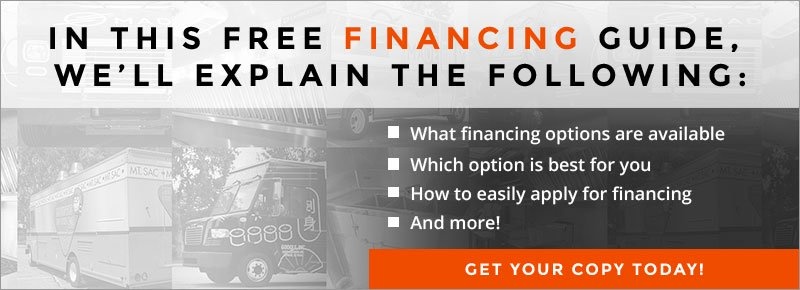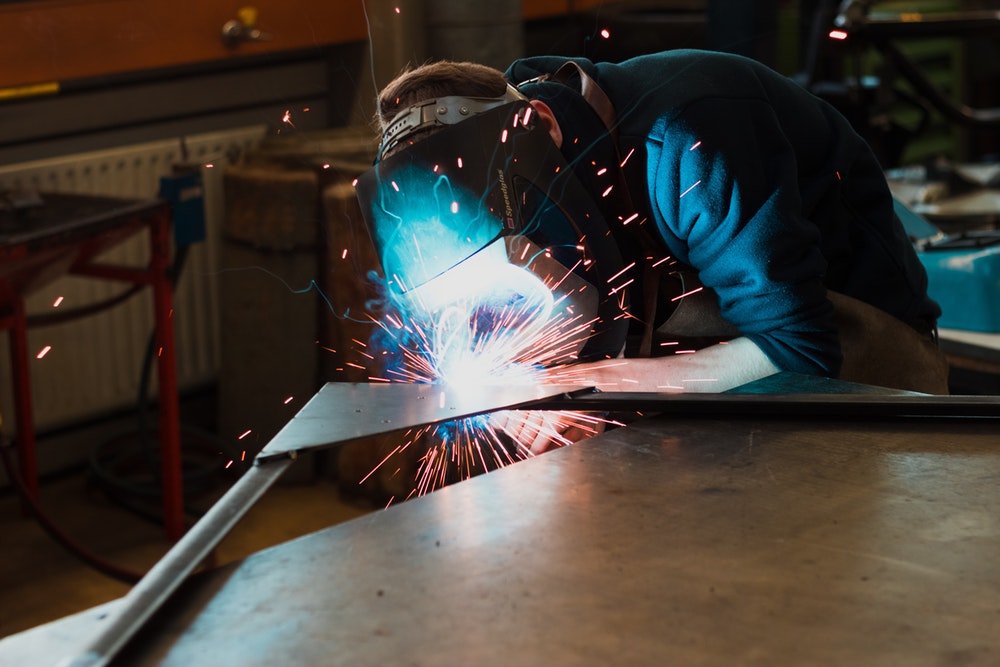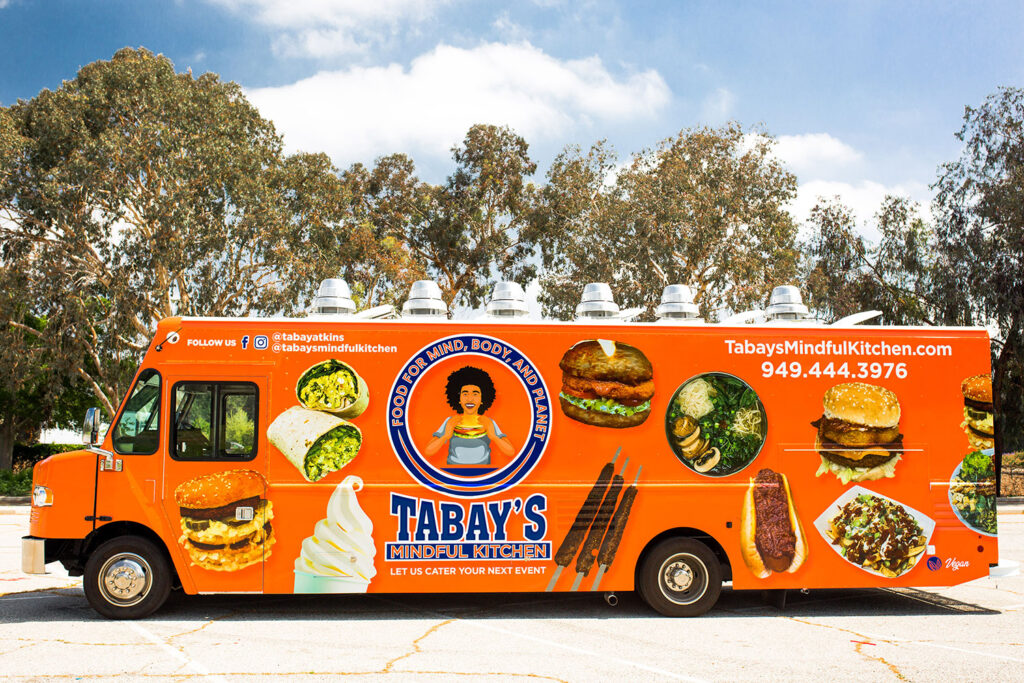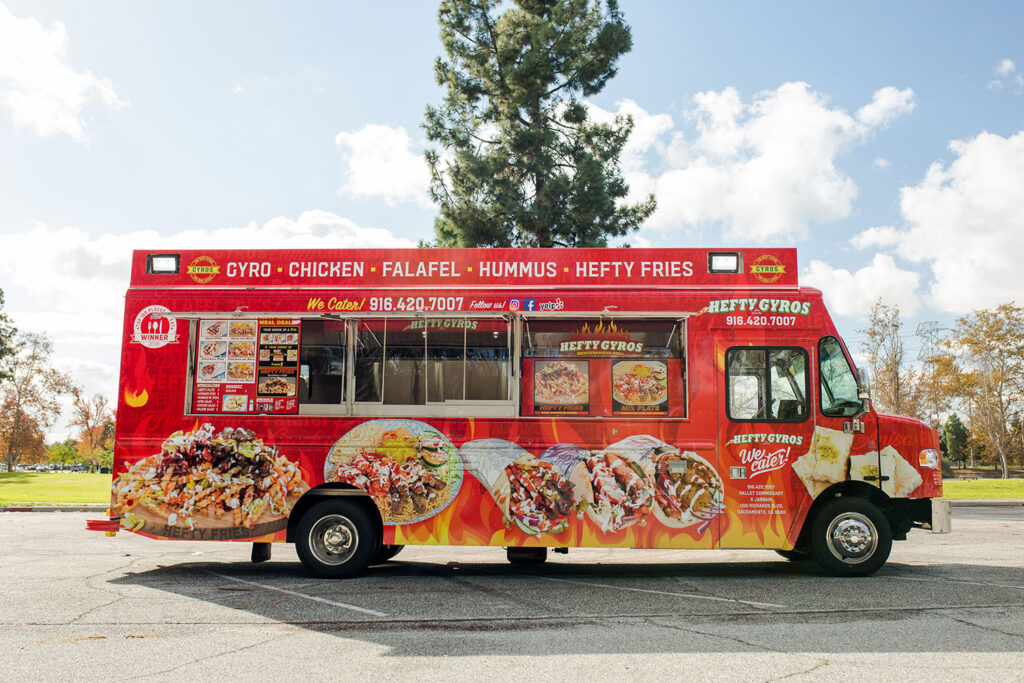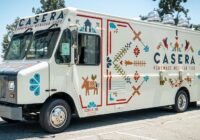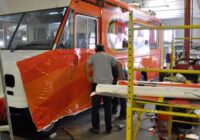Food trucks are more popular than ever before. They have the ability to adapt and grow with their community, bring creativity and passion to the food scene, and travel to where business can be found. Anyone can have a food truck if they have the passion, creativity, and drive, yet not everyone’s food truck can be successful. Food truck design is absolutely vital to the success of your business. Here’s what you need to know.
Truck Dimensions and Interior
Think about how big you want your food truck to be. The most common food truck sizes are 14, 16, and 22 feet. Think about the room you’re going to need in your truck, what you’re going to serve, and the work spaces you’ll need to have. Also keep in mind that the bigger the truck, the larger the expense.
You’ll also be responsible for driving and maneuvering the truck. We find it helpful to consider the interior requirements for your concept, mapping out a plan of exactly where you want these elements to go. Physically draw out these areas on a blueprint so you can better understand the truck size you’ll require. Popular equipment include refrigeration, prep stations, cooking elements, cleaning areas, storage, and warming appliances.
Food Truck Design
Now that you’ve decided on your truck’s dimensions and interior, it’s time to consider your brand. Your brand and design is what will bring your food truck to life, drawing customers in and guaranteeing business in a popular and competitive market. You’ll be competing with dozens of other trucks at festivals and events, initially depending on catching the eye of customers before you make a name for yourself based on the quality of your menu. Hiring a professional designer will ensure you can bring your vision to life in an aesthetically pleasing and eye-catching way. A designer will help you decide on:
- Vinyl Wrap or Paint — A vinyl wrap can help you take full advantage of graphics, wrapping your truck in whatever intricate design you choose. Paint is less expensive, but limiting. You can also do a mix of both, using vinyl stickers and a paint base.
- Color — Make sure the colors you include in your design matches your brand. Colors deliver messages about what you’re attempting to sell and provide. You could have pastels, bright neons, a wide range of colors, black and whites, or muted shades.
- Fonts- Once again, make sure this matches your brand!
- Images — Notice a theme here? Include images that match your brand. Think about the message you’re trying to convey. This could be simple, ironic, detailed, politically relevant, whatever you think will be successful for your business. Above all else, you want to stay true to your brand and be recognizable and appealing.
Menu Considerations
This is arguably the fun part and something you should have mapped out during the early stages of planning. What type of food would you like to serve? This will help you determine the type of equipment you need and the vehicle size. For instance, if you’re serving primarily frozen treats, you won’t need flat tops and fryers. If you’re keen to serve a wide variety of fancy finger foods, you’re going to need more space.
Get The Food Truck Design of Your Dreams
If you’re interested in starting the food truck business you’ve always wanted, Legion Food Trucks can help. We believe in completely designing a food truck around our customer’s needs and wants. We provide innovative concepts, immersive technology, and incredible versatility for your business. Contact us today to learn more!



